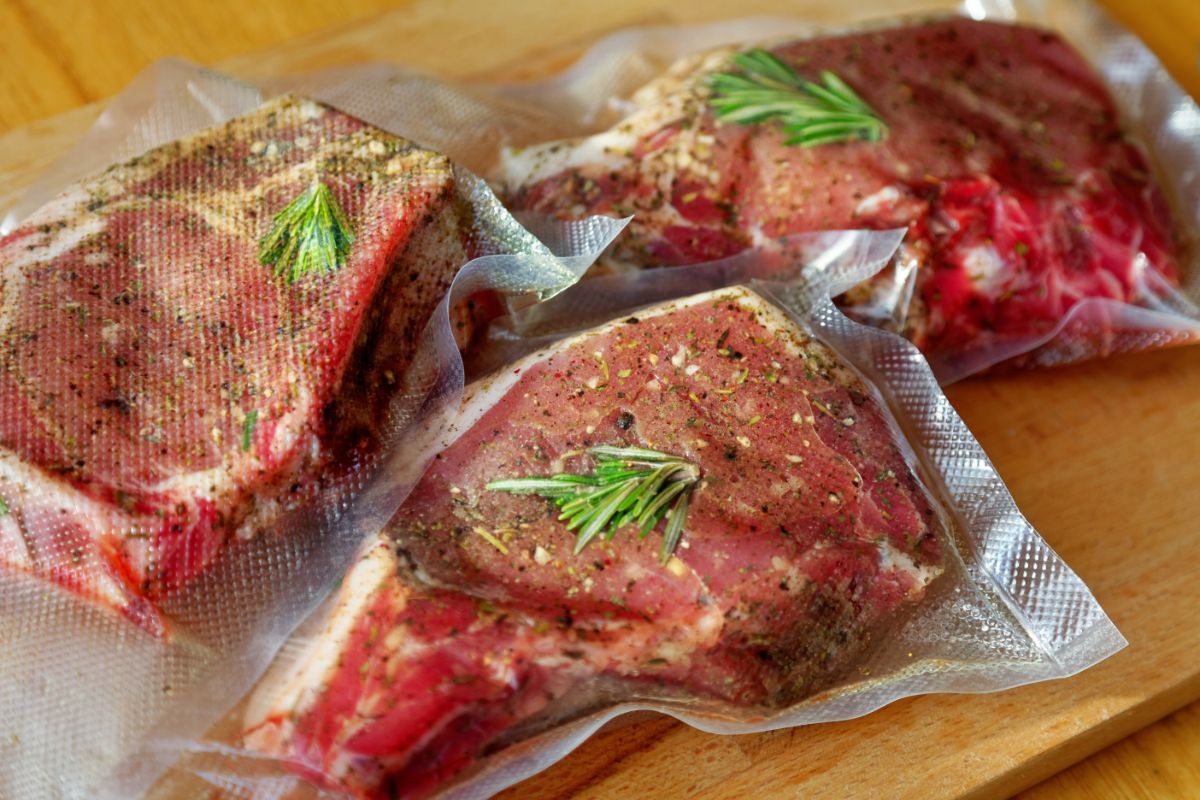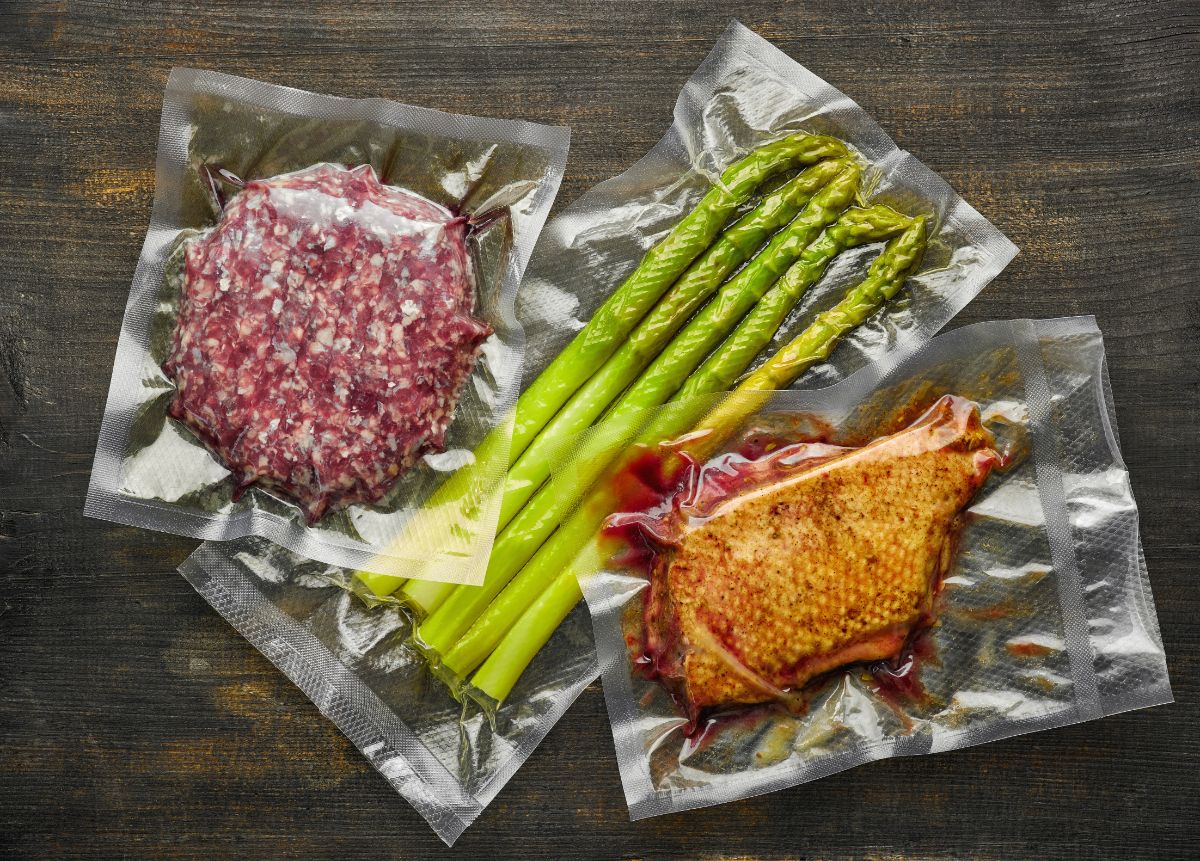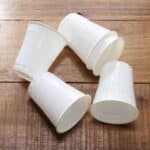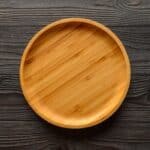
There are certain microwave-safe vacuum-sealed bags you can use to reheat your leftovers.
Keep in mind that anything more than thirty seconds to a minute is going to cooking levels and, therefore, not safe.
If you’re not sure which vacuum-sealed bags are safe and which are not, there are a few critical indicators on the packaging you can always look out for. Read on to find out more.
Make sure to look for these labels:
BPA Free
You always want to make sure that your bag is BPA free. Frederick Vom Saal, a biology professor, has studied the effects of BPA on primates and has found adverse effects on organ development and congenital disabilities in children.
The main thing to worry about when heating plastics is your safety and health. Make sure any bag you want to use is free of the following. If they are, then you are good to go!
BPA
Phthalates
Plasticizers
Why Use Vacuum Sealed Bags?

Vacuum sealed bags lock in all the air so that your food can retain maximum moisture and preserve meats in the fridge longer instead of being frozen.
Keeping your food in vacuum-sealed bags preserves some foods that were only able to be stored for six months, up to a year.
While using vacuum-sealed bags is safe, limiting the amount of food you store in plastic items also reduces potential adverse health effects.
FDA Approved Plastics
Polyethylene Terephthalate is the most commonly used plastic in microwavable safe containers and plastic films. According to Plasticinfo.org, it is FDA approved and does not prove toxic if inhaled or ingested.
Top Chefs Using Vacuum Sealed Bags
Many chefs use the sous vide technique when cooking meat. While this does not involve putting your vacuum-sealed meat in a microwave, it does simmer in hot water for hours and get the meat to extreme tenderness.
Many still question whether this is a safe method. Michelle Tam, a popular food blogger, did some digging. She found Food Saver bags to be BPA and chemical-free and has tried a Lekue silicone bag as an alternative.
According to the Lekue Amazon page, it can withstand temperatures up to -60ºC and 220ºC and is microwavable safe.
Simmer and Microwave Safe on Label
If you wonder how you will know if you can microwave vacuum-sealed bags, look at the packaging.
All vacuum-sealed bags that can be reheated will say so on the packaging.
This takes out any guesswork. You can find these bags at your local grocery store or on Amazon.
Sources:
https://plasticsinfo.org/Main-Menu/MicrowaveFood/Need-to-Know/Plastic-Bev-Bottles/The-Safety-of-Polyethylene-Terephthalate-PET.html
http://biology.missouri.edu/news/new-study-from-the-vom-saal-lab-finds-that-bpa-at-very-low-levels-can-adversely-affect-developing-organs-in-primates/
https://nomnompaleo.com/post/12463202060/cooking-sous-vide-plastic-safety




